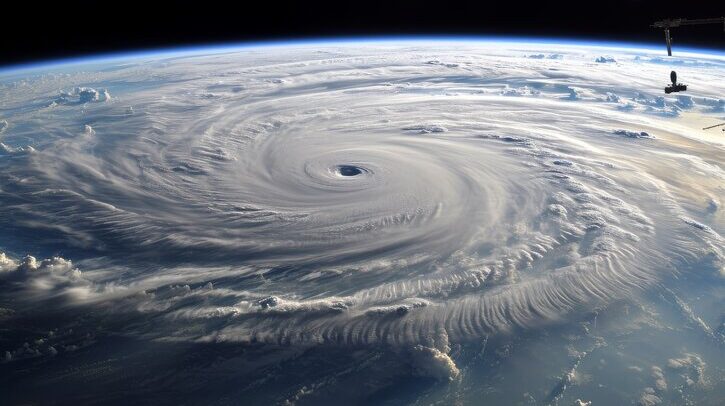NASA has awarded a two-year, US$1.23m grant to a team led by Penn State College of Information Sciences and Technology (IST) to improve atmosphere and ocean forecasts by incorporating artificial intelligence (AI) and satellite data into current forecasting models.
The research team – which includes Romit Maulik, assistant professor in the College of IST; Steven Greybush, associate professor of meteorology in the Penn State College of Earth and Mineral Sciences; and scientists from Argonne National Laboratory, NASA Goddard Space Flight Center, the National Oceanic and Atmospheric Administration and the University of Chicago – plans to introduce various sources of data, such as satellite images, to build on past weather forecasting that used transformer-based AI algorithms and machine learning models.
“Typically, forecasts of the atmosphere and oceans require data assimilation – combining different sources of information about the weather to obtain a more accurate result,” said Maulik. “However, that data assimilation can slow down the forecast time significantly. We plan to use computer vision to dramatically accelerate this process.”
Computer vision is a form of artificial intelligence that uses machine learning and neural networks to teach computers to understand and interpret visual information data and to learn from that data to improve their performance.
“The work will involve retraining some portions of our model to take these new datasets as inputs and improve predictions,” Maulik said. “Then, we will integrate these improved algorithms into the NASA Goddard Earth Observing System so it can rapidly incorporate satellite system observations into its operational data assimilation workflows.”



